Fruits that start with I are a mix of common and exotic varieties, spanning a wide range of flavors, textures, and uses. From the creamy and sweet ice-cream-bean to the refreshing and cooling ice apple, these fruits offer a spectrum of tastes, including sweet, tart, and mildly sweet.
Many are eaten fresh, straight out of their natural packaging, while others are popular ingredients in desserts, salads, jams, and drinks. These I-initial food items also stand out for their nutritional benefits, with some being recognized as superfoods.
They come from different families of plants and thrive in various climates, from tropical to temperate zones, indicating their adaptability. The array of colors, from deep purple to bright yellow and even translucent, adds to their appeal.
I have tried to gather as many fruits that begin with “I” as possible. The list may be longer than you think, and I hope my post is helpful to you. In the end, I also include a short list of some stand-out vegetables that start with I.
Don’t hesitate anymore. Let’s check these fruits out together.
24 Fruits that Start with I with Filter
Here are 24 fruits starting with the letter I, sorted by how well-known they are. You can also use a filter to see which are exotic, fruit and vegetable, good for cooking, making drinks, or decorating plates.
Ice-cream-bean
- Exotic
- For Beverages
- For Dishes
Ice-cream-bean (or paternas) is a fruit indigenous to South America that belongs to the legume family. It gets its name from the sweet, fluffy, cotton-like pulp inside the pods, which tastes reminiscent of vanilla ice cream.
The long, curved pods can grow several feet long and contain black seeds enveloped by edible white pulp. The pulp is consumed directly from the pod and is famous for its sweet flavor and unique texture.
Ice-cream-beans are often found in tropical climates and are widely eaten in their native South America, as well as in Central America and parts of the Caribbean.
Ice Apple
- Exotic
- For Beverages
- For Garnish
Ice apple refers to the fruit of the Palmyra palm, originating from the Indian subcontinent and Southeast Asia. This translucent, jelly-like fruit is encased inside the hard, black outer shell of the palm’s large brown fruit.
Ice apple gets its name from its cooling effect when eaten. The taste is mildly sweet and refreshing, often compared to lychee and coconut water. It’s primarily consumed fresh, scooped out of the shell, eaten as a natural coolant, and hydrated during summer.
Incaberry
- Exotic
- For Beverages
- For Dishes
Incaberry, also known as goldenberry, Cape gooseberry, or by its scientific name, Physalis peruviana, is a small fruit from South America. This fruit is encased in a papery husk and, when ripe, has a bright, golden-orange color.
Incaberries are known for their sweet yet tart flavor, with a taste that’s been described as a blend of pineapple, mango, and tomato. They’re often eaten raw as a healthy snack or used in salads, desserts, and jams.
Thanks to their nutritional benefits, incaberries have gained popularity worldwide as a superfood. They are cultivated in various countries, including Colombia, South Africa, and Australia.
Ilama
- Exotic
- For Beverages
- For Dishes
Ilama is a tropical fruit found primarily in Central America. This fruit is part of the Annonaceae family, and it includes cherimoya, soursop, and custard apple. Ilama comes in two main varieties: a creamy white flesh type and a pink-fleshed type.
The fruit is round to heart-shaped, with a thick, bumpy skin that can be either green or bluish-green when ripe.
Its flavor is rich and sweet, often described as a blend of pineapple and strawberry or pineapple and papaya for the white variety and a more tart, raspberry-like flavor for the pink variety.
Ilama is typically eaten fresh; the flesh is scooped and enjoyed, avoiding the large, inedible seeds. It’s also used in smoothies, ice creams, and desserts.
Illawarra Plum
- Exotic
- For Dishes
Illawarra plum is a fruit native to the coastal rainforests of Eastern Australia. Despite its name, it’s not a plum but rather the fruit of an ancient conifer species. The fruit is deep purple to black, with a fleshy outer part and a hard inner seed attached to a stem-like structure.
The harvesting season for Illawarra plums is in the autumn. Illawarra plums have a sweet and slightly tart taste, with a complex flavor profile that’s been compared to pine or turpentine notes. They’re typically used in jams, sauces, gourmet dishes, and meats.
Imbe
- Exotic
- For Beverages
Imbe is a tropical fruit found in various parts of Africa. This small, orange-yellow fruit is part of the mangosteen family and is appreciated for its juicy, sweet, and slightly tangy flavor. Imbes are small, with thin skin and a fleshy interior around a large seed.
They’re often eaten fresh but can also be used to make drinks, jellies, or desserts. The Imbe tree is also valued for its ornamental beauty and the shade it provides.
Icaco
- Exotic
- For Beverages
- For Dishes
Icaco is a fruit-bearing shrub or small tree from the coastal areas of the Caribbean, Central and South America, and parts of Florida. The fruit is round to oval, typically white to pale pink, and has a mildly sweet and fibrous flesh surrounding a single large seed.
Icaco is often eaten fresh, though it’s less sweet than more commonly known fruits. It’s also used to make jellies, jams, and even wines, and it is appreciated for its subtle flavor and nutritional content, including vitamins A and C.
Icacina
- Exotic
- For Dishes
Icacina is a term that refers to fruits from plants in the genus Icacina, which is native to Africa. These fruits are known for their hard, brown, woody skin and contain a nutritious, starchy pulp.
The taste of Icacina fruit is generally bland or slightly sweet. The pulp is often consumed during food scarcity or integrated into traditional African dishes for its caloric content.
Beyond their use as food, some Icacina species are studied for their medicinal properties, with research focusing on their potential to treat various illnesses.
Ibopé
- Exotic
- For Beverages
Ibopé, or Igopé, is a fruit from a tropical tree species in the Amazon rainforest. The Ibopé fruit is typically round or oval, with a thick skin that encloses a fleshy, juicy interior. The taste of Ibopé is often described as sweet and slightly tart, similar to other tropical fruits in the region.
It can be eaten raw, directly after harvesting from the tree, or used to prepare local dishes, including desserts and drinks.
Ita Palm
- Exotic
- For Beverages
Ita palm produces a fruit commonly known as Aguaje or Moriche Palm Fruit in various parts of South America, particularly in the Amazon basin. The fruit is oval, with a reddish, scaly exterior and a soft, yellow to orange pulp inside.
Ita palm fruit has a unique taste that combines the flavors of carrot and berry. Consumed fresh and in various processed forms such as juices, jams, and ice creams, Aguaje is celebrated for its nutritional value, especially its high vitamin A content.
Imbu
- Exotic
- For Beverages
Imbu, also known as umbu or Brazil plum, is a small, yellow fruit indigenous to the northeastern region of Brazil. This fruit grows on the Spondias tuberosa tree, which is well-adapted to arid conditions, making it a vital source of hydration during the dry season.
Imbu fruits are round to oval, with a greenish-yellow skin and a juicy, tangy flesh that encloses a large pit. They are often eaten fresh, directly from the tree, and used in preparing drinks, jams, and desserts.
The taste of imbu is a balance of sweet and sour, reminiscent of apricots with a unique tropical twist. In Brazil, the imbu tree is also known for its role in sustainable agriculture, as it helps to prevent soil erosion and provides shade.
Ichigo
- For Beverages
- For Dishes
- For Garnish
Ichigo is the Japanese word for strawberry, encompassing various types cultivated in Japan. Among these, the Amaou, Tochiotome, and Fukuoka are some of the most famous variations, celebrated for their large size, bright red color, and exceptional sweetness.
Japanese strawberries are known for their perfect balance of sweetness and acidity. They are also a significant part of the culture, often presented as gifts during special occasions and featured in festivals.
The peak season for ichigo in Japan is from December to May, with various regions hosting strawberry-picking tours for locals and tourists alike. The fruit is enjoyed fresh, in desserts, and various confectioneries.
Indigo Rose Black Tomatoes
- For Dishes
- Fruit Vegetables
Indigo rose black tomatoes are a distinct type of tomato characterized by their dark purple, almost black coloring, which they owe to the high levels of anthocyanins in their skin, the same antioxidants found in blueberries and blackberries.
Developed at Oregon State University as part of a project to breed tomatoes with higher levels of these beneficial antioxidants, Indigo Rose stands out for its unusual color and nutritional value.
The taste of these tomatoes balances traditional tomato sweetness and a slight tartness, making them a versatile ingredient in salads, cooked dishes, or simply eaten raw.
They are most commonly grown in home gardens and small farms, with a growing season that mirrors most tomato varieties, typically harvested in late summer to early fall.
Iyokan
- Exotic
- For Beverages
Iyokan, also known as Japanese Citrus iyokan or Iyo, is a citrus fruit similar to an orange but slightly larger with thicker, textured skin that is easy to peel. It has roots in Japan, particularly the Ehime Prefecture, where it is considered a specialty.
The iyokan has a sweet and slightly tangy flavor, less acidic than an orange, making it a popular fruit for eating fresh. It’s also used in various Japanese dishes and desserts for its fragrant zest and juice.
The iyokan season runs from winter through spring, providing a refreshing citrus option during the colder months.
Indian Persimmon
- For Dishes
Indian persimmon is a variety native to parts of South Asia, including India. Unlike the more widely known Fuyu and Hachiya persimmons, the Indian Persimmon is smaller and has a round shape with dark brown to black skin when fully ripe.
Its flesh is sweet and slightly astringent until fully ripe. It becomes soft and loses its astringency at this point, revealing a rich, honey-like flavor.
Indian persimmons are typically eaten fresh when fully ripe, but they can also be dried or used in cooking to make desserts and traditional dishes. In India, this fruit is part of local diets and is often found in markets during its season in the late autumn.
Indian River Grapefruit
- For Beverages
- For Garnish
Indian River grapefruit refers to grapefruits grown in the Indian River region of Florida, renowned for its ideal citrus-growing conditions. This area’s unique soil and climate contribute to the production of grapefruits with a perfect balance of sweetness and tartness.
These grapefruits are characterized by their large size, bright yellow or pinkish skin, and juicy, flavorful flesh. They are typically enjoyed fresh, either halved and eaten with a spoon or segmented into salads.
Indian River Grapefruit is also popularly used in juices and desserts. The peak season for these grapefruits is from late fall through spring.
Indian Gooseberry
- For Beverages
- For Dishes
Indian gooseberry, amla, or emblica, is a fruit from India and parts of Southeast Asia. The fruit is small, spherical, and greenish-yellow when ripe, with a tough, slightly fibrous texture.
It is known for its incredibly sour and astringent taste, which can be overwhelming when eaten raw but becomes more palatable when cooked or sweetened.
It is used in various culinary preparations, such as pickles, jams, and chutneys, and is also incorporated into drinks and sweets.
Indian Almond Fruit
- Exotic
- For Beverages
Indian almond fruit, or Terminalia catappa, is a tropical tree fruit native to Asia and the Pacific. The fruit is elongated and green, turning red to purple when ripe.
Its outer flesh is fibrous and not typically consumed, but it houses an edible nut that tastes similar to almonds, hence the name.
The nuts are appreciated for their crunchy texture and nutty flavor, and they are often eaten raw or roasted. Indian almond trees are valued not only for their edible nuts but also for their ornamental beauty and the shade they provide.
They are common in tropical regions worldwide, including India, where they’re a part of the local landscape and diet.
Indian Jujube Fruit
- Exotic
- For Beverages
- For Dishes
Indian jujube fruit, also known as Ber or Ziziphus mauritiana, is a tropical fruit indigenous to the Indian subcontinent. This small, round fruit resembles an apple in size and texture but has a smoother, green to yellowish-brown skin when ripe.
Its flesh is sweet and juicy, with a slightly tangy flavor reminiscent of an apple, and contains one or two hard seeds in the center. Indian Jujube is often eaten fresh, directly off the tree, and can also be dried, resembling dates in texture and sweetness.
Besides being a delicious snack, it’s used in traditional Indian and Chinese medicine for its health benefits, including digestive and calming properties. Indian jujube is widely cultivated across India, Pakistan, and Southeast Asia.
Indonesian Lime
- For Beverages
- For Dishes
- For Garnish
Indonesian lime, known locally as Jeruk Purut, is a small, aromatic citrus fruit native to Indonesia and widely used throughout Southeast Asia. It is significantly smaller than the common lime, with a bumpy, green skin that turns yellow as it ripens.
The fruit is highly valued for its intense aroma and flavor, which is both sour and slightly bitter, much more concentrated than other limes. Indonesian lime is a staple in many Indonesian, Thai, and Vietnamese dishes, providing citrus flavor to soups, curries, and marinades.
It’s also used in beverages, both alcoholic and non-alcoholic, to add a refreshing, tangy twist. The leaves of the Indonesian Lime tree are equally important in cooking, often used as a herb to impart flavor to dishes.
Indian Prune
- For Beverages
- For Dishes
Indian prune, also known as Indian plum, is a fruit-bearing shrub from the western United States and Canada, particularly along the Pacific Coast. Despite its name, it is not directly related to the true plums but offers a small, plum-like fruit.
The fruit starts green, turning yellowish, and finally ripens to a deep purple or black. The taste of the Indian Prune is mildly sweet when fully ripe, with a slightly astringent quality if eaten before it’s fully matured.
The fruits are enjoyed fresh by those familiar with them and can also be used to make jellies or preserves. The Indian Prune is one of the first plants to bloom in spring, producing small, white, fragrant flowers that develop into fruit by early summer.
Italian Prune
- Exotic
- For Beverages
- For Dishes
Italian prune, also known as the Italian Plum, is a type of European plum known for its elongated shape and deep purple skin that conceals a sweet, yellow flesh.
This fruit variety is favored for fresh eating and drying into prunes due to its high sugar content, which intensifies when dried.
The Italian prune thrives in temperate climates and is widely cultivated across Europe and the United States, especially in regions with a suitable climate for stone fruits. Its peak season is late summer to early autumn.
Apart from being eaten fresh, Italian Prunes are commonly used in baking, cooking, and jam-making.
Indian Sherbet Berry
- Exotic
- For Beverages
- For Dishes
Indian sherbet berry is a small, round fruit native to the Indian subcontinent and Southeast Asia. Known locally as Phalsa, this berry is treasured for its refreshing and slightly tart flavor, which becomes sweeter as it ripens.
When fully ripe, the fruits are dark purple to black and are covered in a fine, velvety fuzz. Indian Sherbet Berry is typically harvested in the hot summer, providing a much-needed respite from the heat.
The berries are commonly used to make a cooling sherbet or beverage, hence the name, and can also be eaten fresh or used in jams and desserts.
Indian Fig Fruit
- Exotic
- For Beverages
- For Dishes
Indian fig fruit, more widely recognized as the fruit of the Prickly Pear Cactus (Opuntia ficus-indica), is a type of cactus fruit originating from Mexico but is now found in the Mediterranean and parts of the United States.
The fruit is oval, with various colors from yellow and green to orange, pink, and deep red. Its skin is thick and dotted with small spines, while the interior flesh is juicy and sweet and contains many small, edible seeds.
The taste of Indian fig fruit is often compared to a combination of watermelon and bubblegum, with a slight hint of tartness. It is commonly eaten fresh; the skin is carefully removed to avoid the spines, and the flesh is enjoyed for its hydration and sweetness.
It’s also used in cooking and baking and is made into jams, jellies, candies, and drinks, such as margaritas or smoothies.
What Are the Most Famous Vegetables that Start with I?
Here are five popular vegetables beginning with the letter I:
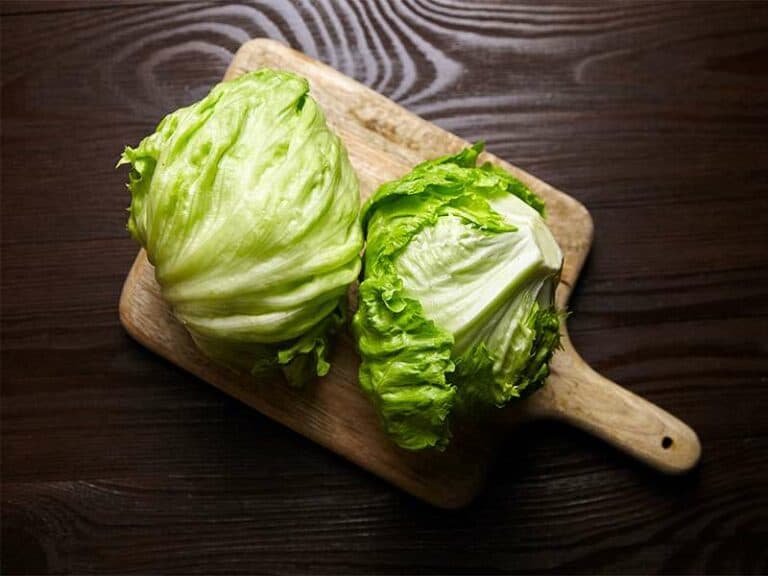
Iceberg Lettuce
Iceberg lettuce is known for its crisp leaves and mild flavor, and it is commonly used in salads and sandwiches.
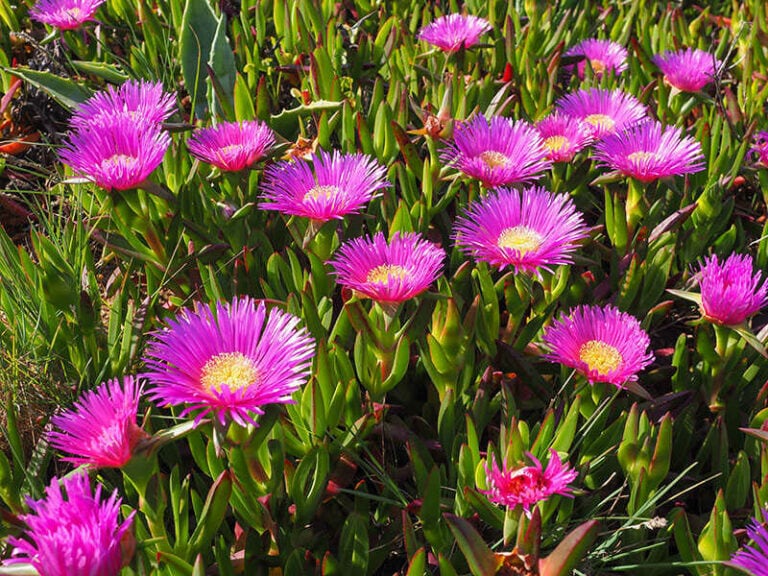
Ice Plant
Ice plants are succulents known for their edible leaves, crispy texture, and slightly salty taste. They are used in salads and garnishes.
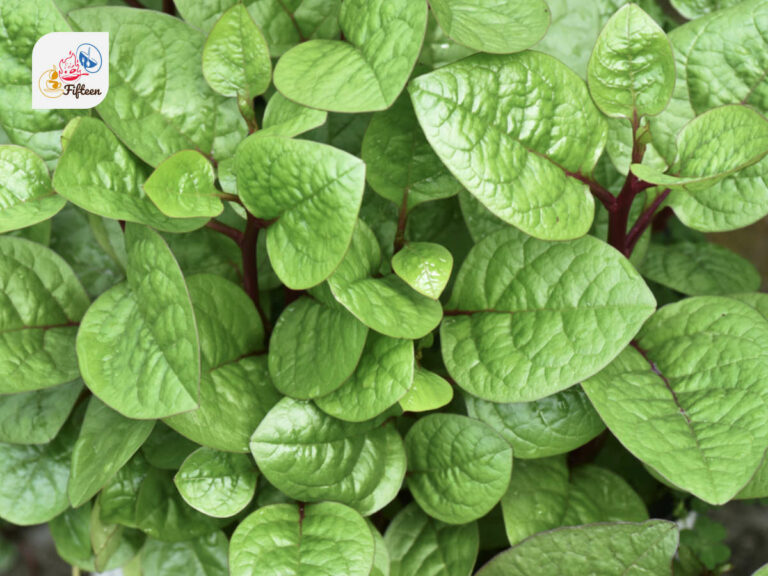
Indian Spinach
Indian spinach is a term that can refer to several leafy greens popular in Indian cuisine, such as Basella alba, known for its rich, nutty flavor.
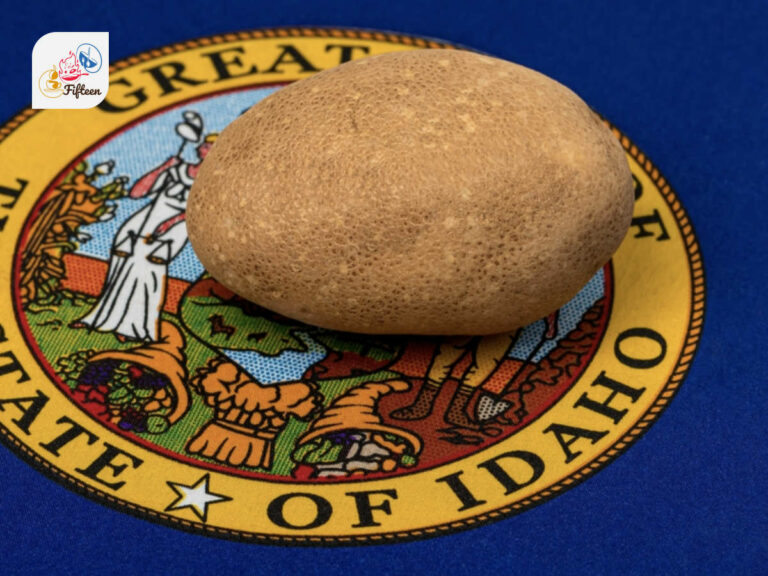
Idaho Potato
Idaho potato refers specifically to potatoes grown in Idaho, known for their high quality and use in various dishes, including baked and mashed potatoes.
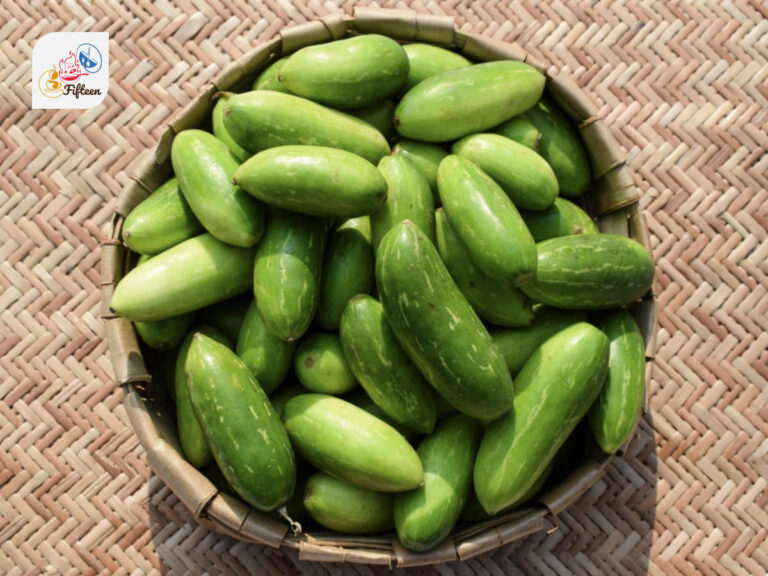
Ivy Gourd
Ivy gourd is a tropical vine with edible young shoots and fruits used in cooking for their mild, slightly bitter flavor.
Remember, these are just a few examples, and there’s a whole world of I-starting veggies to discover.
I’ve put together a detailed list of fruits that start with ‘I’ to help you out. Got any more ‘I’ fruits in mind? Which ones caught your interest? Drop your thoughts in the comments and share this post to spread the word.
And don’t forget, there are fruits from A to Z waiting to be discovered, so keep exploring!


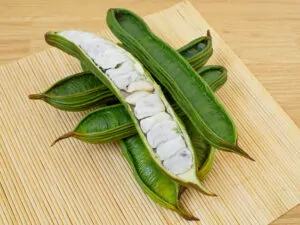
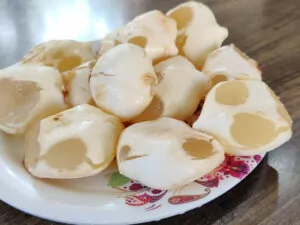
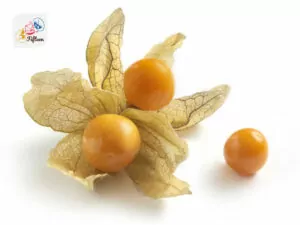
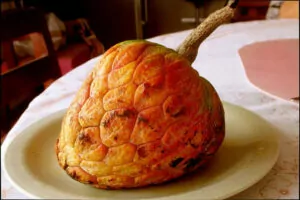
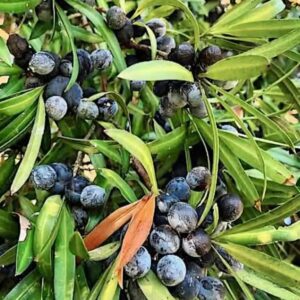
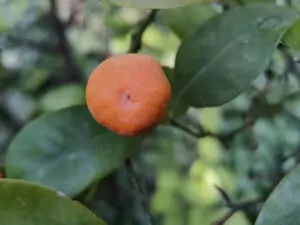
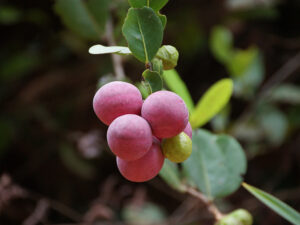
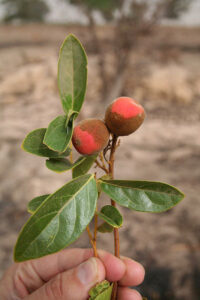
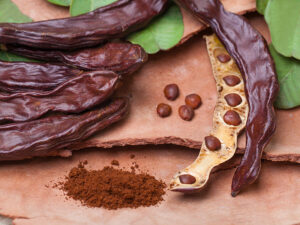
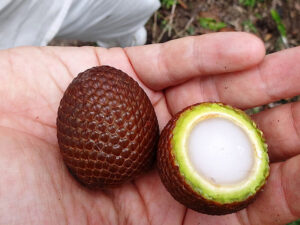
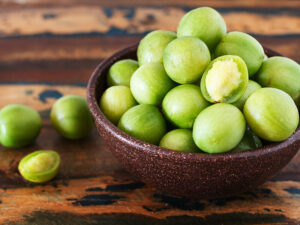

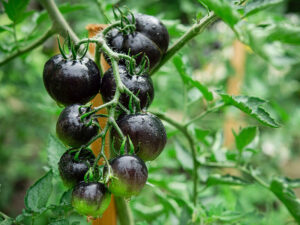



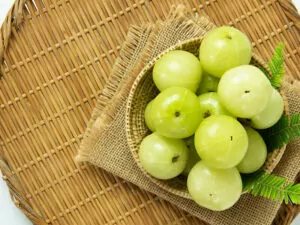
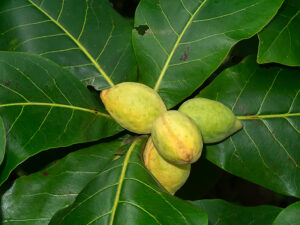
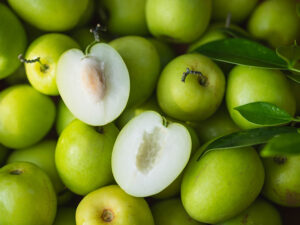
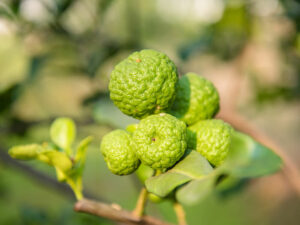
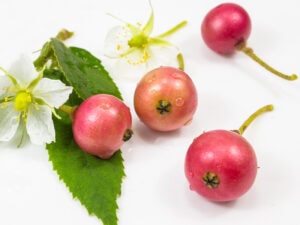
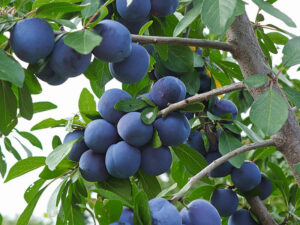
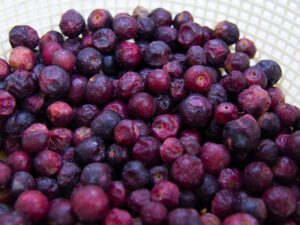
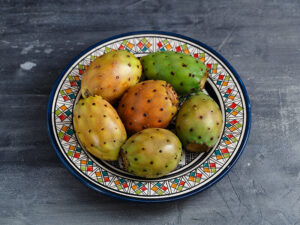
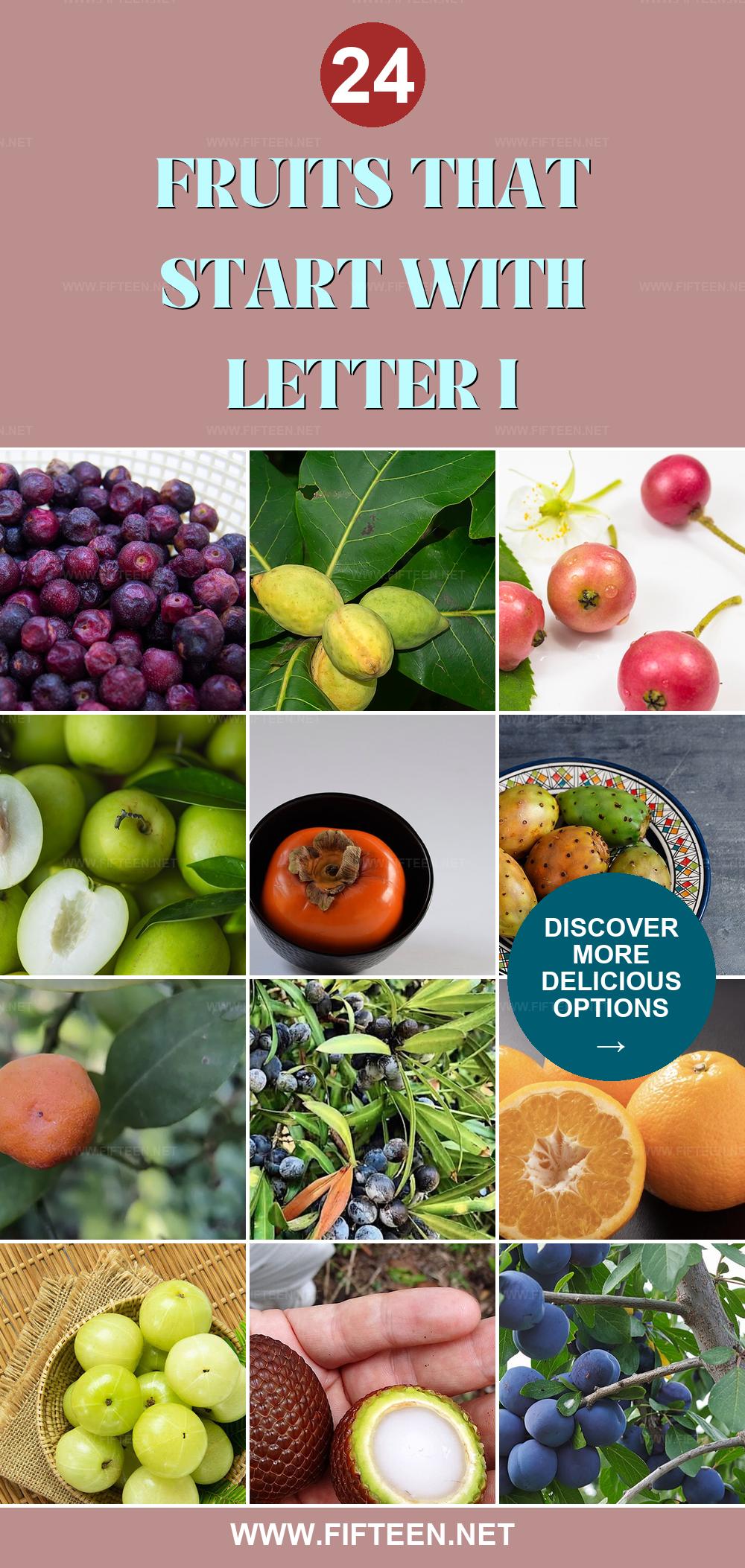
Jamie Scott
Editor in Chief, Senior Content Writer
Expertise
Home Cooking, Meal Planning, Recipe Development, Baking and Pastry, Food Editor, Cooking-video Maker, Western Food Evaluation Expert
Education
Le Cordon Bleu College of Culinary Arts
Local Community College, New York, NY
Jamie Scott is a skilled culinary expert and content creator specializing in Western cuisine. With over 15 years in the culinary field and formal training from Le Cordon Bleu, Paris, Jamie deeply understands how to blend nutrition with delicious flavors. His passion for cooking matches his commitment to making healthy eating accessible and enjoyable.
On Fifteen.net, Jamie brings a fresh perspective to classic dishes and beverages, offering readers insightful recipes, cooking tips, and a fresh view on meal planning that emphasizes taste, health, and simplicity.